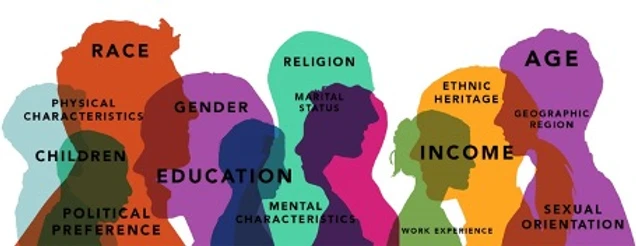Unconscious biases are social stereotypes about certain groups of people that individuals form outside of their own conscious awareness. In recent years there has been a significant focus on removing unconscious biases from the hiring process. Most organizations now understand that a diverse workforce can help lead to improved productivity, retention, and overall success. However, changing how an entire organization approaches recruitment and hiring can be a big shift. Here are a few (mostly low-cost) steps to help any organization make improvements in its hiring process.
1) Awareness: The first step to avoiding unconscious biases in the recruitment process is to be aware of them. Acknowledge the fact that we all have biases and understand how they can negatively impact the recruitment process. Educate your hiring managers on unconscious biases and help them identify possible blind spots.
2) Structured Recruitment Processes: Develop a structured recruitment process that objectively assesses candidates’ qualifications for the job. This process should include clear criteria for evaluating candidates, standardized interview questions, and evaluation criteria. Ensuring all applicants undergo the same interview experience and have a level playing field.
3) Blind Recruitment: Use blind recruitment techniques and technology that eliminate any identifying information about the candidate such as name, age, and gender. This way, hiring managers will focus solely on the candidate’s qualifications and experience, and not be influenced by any unconscious biases.

4) Diversify Hiring Panels: Create a diverse hiring panel to reduce the risk of bias in the recruitment process. This will help curb affinity bias, also known as commonality bias or similarity bias, when interviewers gravitate toward hiring people they have something in common with.
5) Training: Provide hiring managers and recruiters with training on unconscious biases. This will enable them to recognize their biases and develop strategies to mitigate them.
6) Data-Driven Decisions: Rely on data to make recruitment decisions instead of relying on gut feelings or personal opinions. Use recruitment software that is designed to filter out unconscious biases.
7) Monitor Results: Track the success of the recruitment process by monitoring the diversity of the applicant pool, hiring decisions, and retention rates. This way you’ll be able to evaluate the recruitment process and improve it to identify areas where biases might be creeping in.
Biases often come from a place of deep-seated beliefs and experiences and can be extremely hard to self-identify. They can have a significant impact on who is selected for a job, potentially preventing talented individuals from being given the opportunity they deserve. As conscious efforts are made to remove these biases, creating a more diverse and inclusive workplace is possible. This can drive greater innovation and improve an organization’s bottom line.
MVP Recruitment can assist organizations with making improvements to their hiring process by removing unconscious bias. We combine technology, blind recruitment, and years of experience to help ensure candidates are hired based on their skills, experience, and work ethic. Contact us to learn more about our recruitment and talent management solutions and how we can help.

